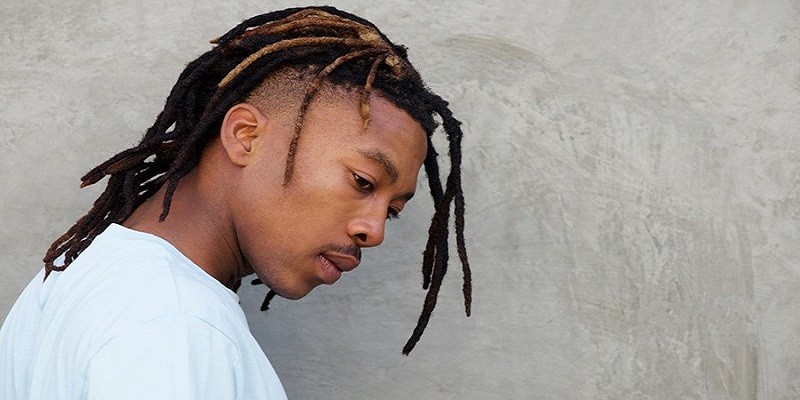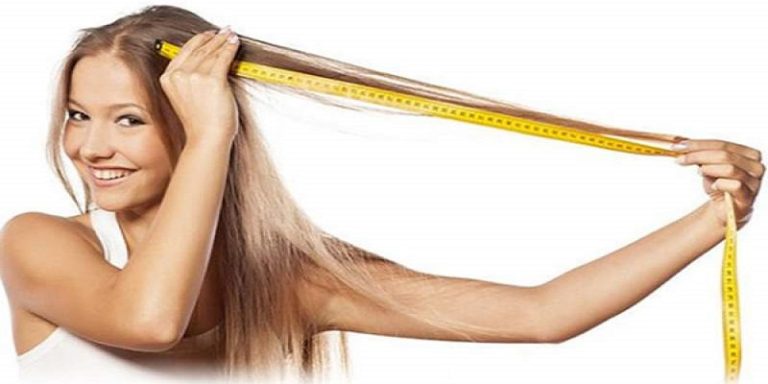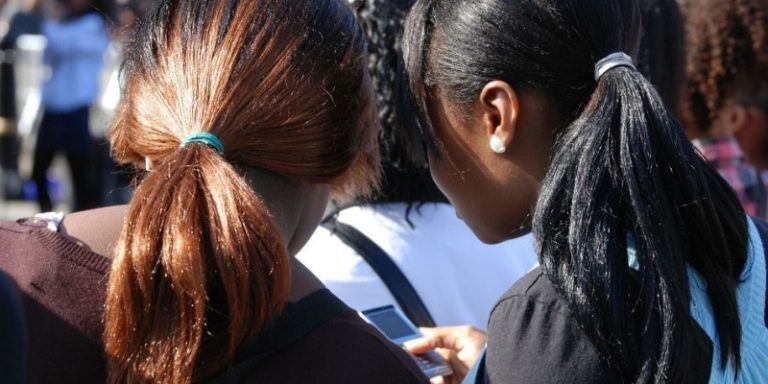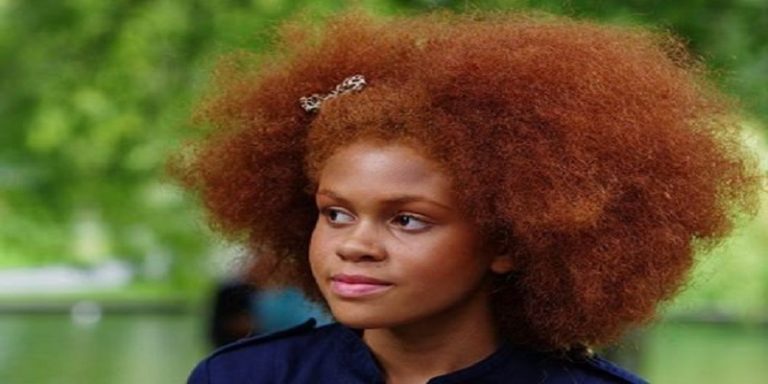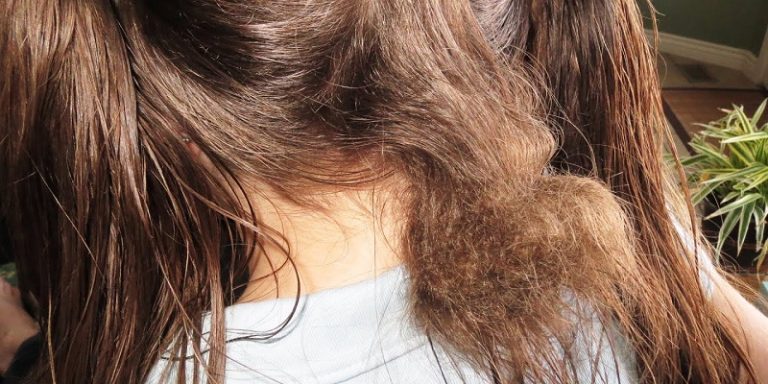How To Start Freeform Dreads With Short Hair?
Last Updated on June 18, 2025 by Jaclyn A. Neeley
Freeform dreads, also known as neglect dreads, are a natural and low-maintenance way to wear dreadlocks. This style allows your hair to lock and form dreads on its own without the use of heavy products or extensive manipulation. Starting freeform dreads with short hair can be a rewarding journey that celebrates your natural hair texture and individuality. Here’s a comprehensive guide on how to start freeform dreads with short hair.
Freeform Dreads
Freeform dreads are a type of dreadlock that forms naturally without the use of combs, gels, or waxes. The process involves allowing your hair to tangle and knot on its own, creating unique and individual locks. This method is often chosen for its simplicity and the natural look it provides.
Preparing Your Hair
Initial Hair Length
To start freeform dreads, you need to have at least a few inches of hair. While some methods suggest starting with as little as 1 inch (2.5 cm) of hair, having around 3 inches (7.6 cm) can make the process easier and more effective.
Cleanse Your Hair
Clean hair dreads best. Before beginning the process, wash your hair thoroughly to remove any oils, dirt, or product buildup. Use a residue-free shampoo to ensure your hair is as clean as possible. Avoid using conditioners or heavy products that can leave residue and prevent your hair from knotting.
Starting the Freeform Process
Stop Combing and Brushing
The first step in starting freeform dreads is to stop combing or brushing your hair. This allows your hair to naturally tangle and form knots. The more you leave your hair alone, the quicker it will start to lock.
Washing Routine
Wash your hair 1-2 times a week. Clean hair locks better, but washing too frequently can prevent the dreads from forming. Use a dread-friendly shampoo that leaves minimal residue. After about a year, you may only need to wash your hair once a week.
Drying Your Hair
After washing, dry your hair thoroughly. Use a microfiber towel to squeeze out excess moisture and then let your hair air dry. If you need to use a hairdryer, use it on a cool setting to avoid damaging your hair. Keeping your hair dry helps it to knot and form dreads more effectively.
Encouraging the Dreading Process
Sectioning (Optional)
While freeform dreads typically form naturally without sectioning, some people prefer to section their hair to control the size and number of dreads. If you choose to section your hair, use small hair ties or elastic bands to divide your hair into the desired sections. This can help guide the formation of your dreads.
Finger Coiling
For those with very short hair, finger coiling can help start the dreading process. Use your fingers to twist small sections of hair into coils. This method can help encourage the hair to lock and form dreads more quickly.
Backcombing
Backcombing is another technique that can help start dreads, especially for those with straight or fine hair. Hold a section of hair and comb it towards the scalp to create tangles and knots. This method can be used in conjunction with finger coiling to help the hair lock.
Maintaining Freeform Dreads
Regular Washing
Continue to wash your hair regularly, but avoid over-washing. Washing 1-2 times a week is usually sufficient. Focus on the scalp to keep it clean and healthy. Use hot water to wash and cool water to rinse.
Moisturizing
Keep your hair and scalp moisturized to prevent dryness and breakage. Use natural oils like coconut oil or jojoba oil to keep your scalp healthy. Avoid heavy, wax-based products that can cause buildup and hinder the dreading process.
Separating Dreads
As your dreads form, you may need to separate them to prevent them from joining together into larger dreads. Gently pull apart any dreads that are starting to merge, working from the bottom up towards the scalp. This helps maintain the individual sections and prevents large, unmanageable dreads.
Styling and Protecting Freeform Dreads
Protective Styles
While freeform dreads are typically left to form naturally, you can occasionally style them in protective styles like ponytails, updos, or buns. However, avoid styles that create tension at the roots or edges, as this can cause thinning and breakage.
Sleeping Protection
Protect your dreads while sleeping by using a silk or satin pillowcase or wearing a satin bonnet or scarf. This reduces friction and prevents your dreads from becoming frizzy or damaged.
Common Challenges and Solutions
Time and Patience
One of the main challenges of starting freeform dreads is the time it takes for them to fully form. It can take 3 to 6 months to see significant progress and up to 2 years for fully developed dreads. Patience is key during this process.
Imperfection
Freeform dreads are naturally imperfect and may vary in size and shape. Embrace the uniqueness of your dreads and understand that they will not all look the same. If you prefer a more uniform look, consider semi-freeform dreads, which involve occasional maintenance and retwisting.
Conclusion
Starting freeform dreads with short hair is a journey that requires patience and a willingness to embrace your natural hair texture. By following these steps and maintaining a regular hair care routine, you can successfully grow and maintain freeform dreads. Remember, the key to freeform dreads is to let your hair do its own thing, resulting in a unique and natural look that reflects your individuality.
FAQs
How do you start dreadlocks with short hair?
To start dreadlocks with short hair, you need at least 1-3 inches of hair. Methods include finger coiling, using a soft bristle brush pad, or backcombing. Apply a dreadlock gel, create segments, and let them dry. Daily maintenance involves coiling and twisting the hair until it grows longer. Wearing a silk or stocking cap while sleeping helps protect the budding dreadlocks.
How do you get freeform dreads for beginners?
To get freeform dreads as a beginner, simply stop manipulating your hair. Wash it regularly and let it grow naturally without combing or using styling products. The hair will form knots and lock on its own over time. This method requires minimal maintenance and allows your hair to express its natural texture and pattern.
What length should I start freeform dreads?
You can start freeform dreads at any hair length. However, having at least 2-3 inches of hair is recommended for better results. For those with finer or straighter hair, waiting until the hair is a couple of inches long is advisable. The process involves washing and letting the hair lock naturally without manipulation.
How long does it take to get freeform dreads?
The time it takes to get freeform dreads varies based on hair texture. On average, hair begins to lock within a few weeks, but it can take up to two years for fully matured locs. Curlier hair types tend to lock faster, while looser curl patterns may take longer. Patience and regular washing are key.
What are the benefits of freeform dreads?
Freeform dreads offer several benefits, including low maintenance, as they require minimal grooming and no styling products. They allow for better expression of natural hair texture and can hold cultural and spiritual significance. Additionally, freeform dreads are cost-effective, reducing the need for frequent salon visits.

